Learn How to Grow Vegetables in a Greenhouse: Tips And Tricks
- February 19, 2024
- 0 comment
Growing vegetables in a greenhouse is an effective way to extend your gardening season and enjoy a bounty of fresh produce year-round. Whether you’re a novice gardener or a seasoned green thumb, a greenhouse offers unique advantages that can significantly enhance your gardening experience. In this article, we’ll explore some essential tips and tricks for successful greenhouse gardening, drawing on insights from an experienced gardener who has mastered the art of cultivating vegetables in a 10 by 12 greenhouse.
1. Starting Early and Extending the Season
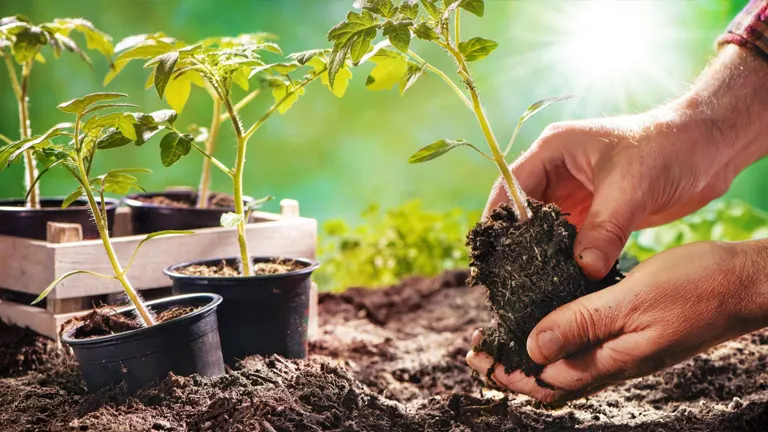
One of the primary benefits of a greenhouse is its ability to extend the growing season. By starting your plants early in the year and continuing to grow them into the cooler months, you can enjoy fresh vegetables for a much longer period. In a typical greenhouse setup, it’s possible to begin planting in mid-March—weeks before outdoor gardening is feasible—and continue harvesting until November. This extended season allows for multiple yields and a diverse range of crops.
2. The Importance of Watering with Rainwater
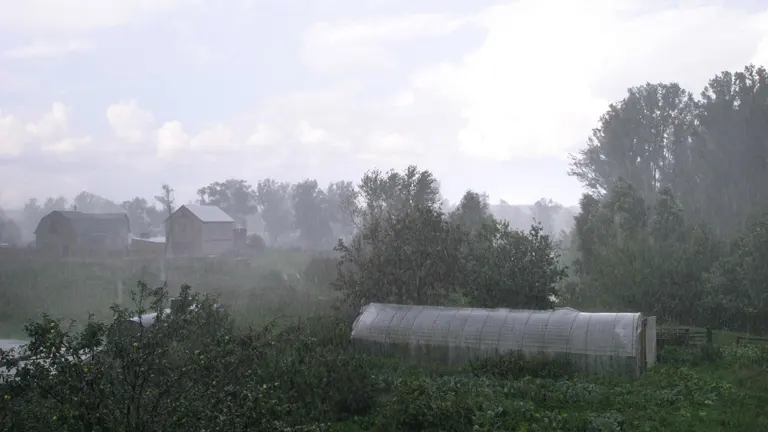
Water quality is crucial for plant health, and using rainwater for irrigation is highly recommended. Collecting snowmelt early in the season and utilizing a rain barrel later provides your plants with soft, clean water, devoid of the minerals found in hard tap water. This practice not only benefits the soil and plants but also conserves resources.
Setting Up a Rainwater Collection System
- Choose a downspout from your house or greenhouse that can serve as an effective collection point for rainwater.
- Position a rain barrel or a large container under the downspout to catch water. Ensure it has a secure lid to reduce evaporation and keep out debris and mosquitoes.
- If one barrel fills up quickly, consider connecting multiple barrels with overflow hoses to increase your collection capacity.
- Place a mesh filter between the downspout and the barrel to prevent leaves and other debris from entering your water supply.
- Equip your barrel with a spigot or pump to facilitate easy watering of your greenhouse plants.
3. Seedling Care and Minimal Heating
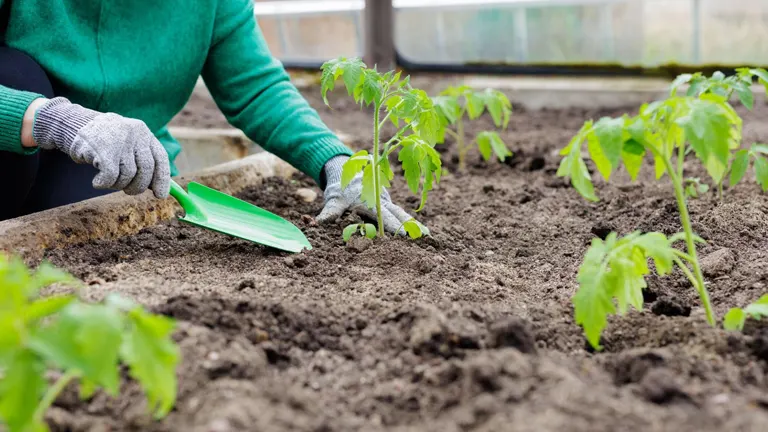
A greenhouse is an ideal environment for growing seedlings, including tomatoes, peppers, and basil. To protect these young plants from cold temperatures, employ a combination of frost cloth and minimal heating sources, such as heat mats or chicken water heaters. This approach creates a “greenhouse within a greenhouse,” ensuring that seedlings thrive without excessive energy consumption.
4. Ventilation and Cooling
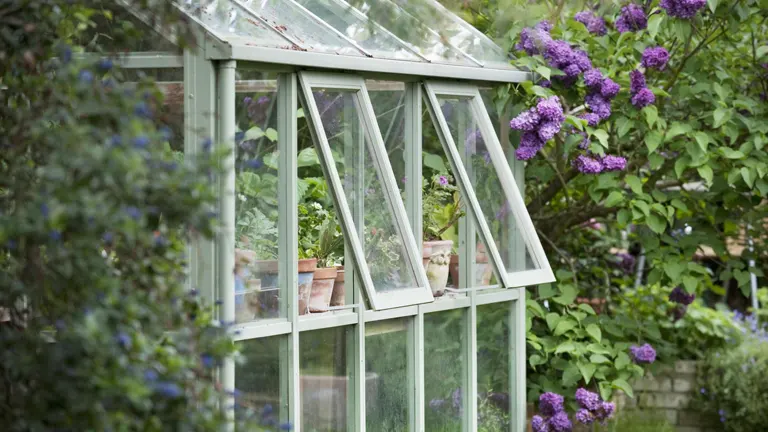
As temperatures rise, maintaining a comfortable environment inside the greenhouse becomes a challenge. Proper ventilation, through the use of windows, doors, and shade cloths, is essential to prevent overheating. These measures help regulate temperature, ensuring that plants remain healthy and productive even during the hottest months.
5. Pollination Strategies

Encouraging pollination within the greenhouse is vital for fruit-bearing crops. Attracting pollinators to the area by planting flowers outside the greenhouse and ensuring doors and windows are open for airflow can facilitate natural pollination. For more controlled environments, hand pollination or selecting self-pollinating varieties may be necessary.
6. Pest Management and Soil Health
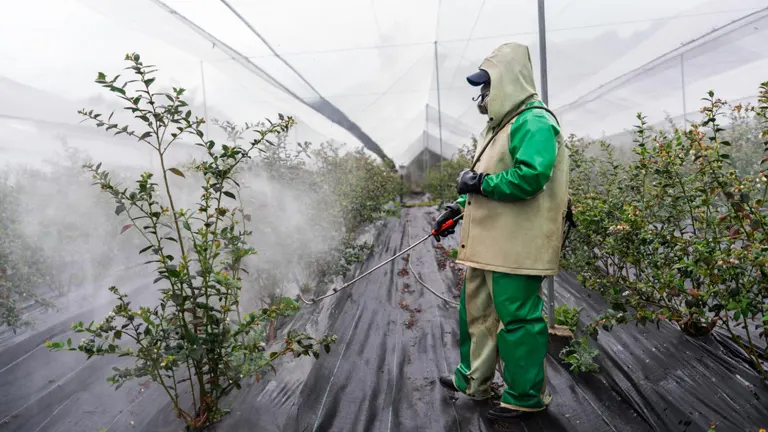
The confined space of a greenhouse can lead to rapid pest and disease proliferation. Regular soil amendment with compost, manure, and microbial enhancers is essential to maintain plant health and resistance. Additionally, vigilant monitoring and natural pest control methods can prevent infestations from becoming unmanageable.
Preparing Soil in Your Greenhouse
- Remove any old plant material and debris to prevent disease and pests.
- Use a soil test kit to determine nutrient levels and pH, adjusting as necessary with organic matter or pH balancers.
- Add a generous layer of compost to introduce nutrients and improve soil structure.
- Mix in sand or perlite if your soil is too compacted or clay-heavy, promoting better water retention and drainage.
- Smooth the soil surface to ensure even water distribution and make planting easier.
7. Proximity and Accessibility
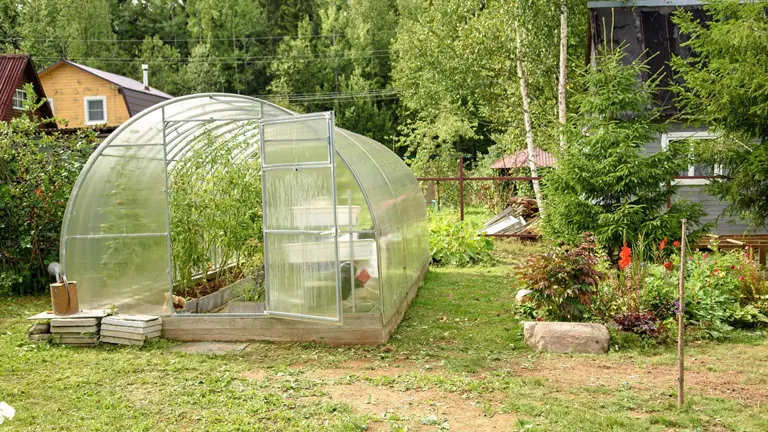
The location of your greenhouse should be strategically chosen for ease of access and efficiency. Placing it near your home and garden minimizes the effort required for daily maintenance and harvesting, especially during the early and late seasons when weather conditions can be less than ideal.
8. Transitioning Crops and Maximizing Yield
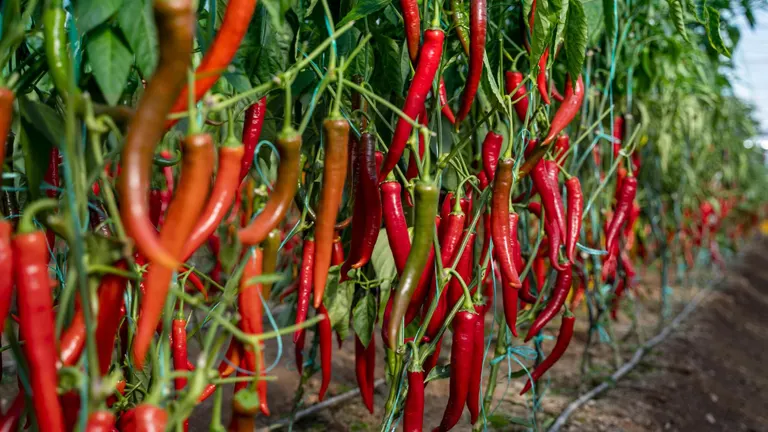
As the season progresses, transitioning from cool-weather crops to heat-loving varieties such as peppers, eggplants, and melons can maximize the greenhouse’s productivity. This rotational approach ensures a continuous supply of fresh vegetables throughout the year.
Transitioning Crops Seasonally
- Choose early-season crops like leafy greens and radishes, followed by warm-season vegetables such as tomatoes and peppers, and then late-season crops like kale and carrots.
- As the season shifts, gradually remove spent plants and replenish the soil with compost.
- Before transplanting, gradually introduce seedlings to the greenhouse environment to reduce shock.
- Stagger plantings of certain crops to ensure continuous harvest.
- Keep an eye on the weather forecasts and adjust your planting schedule accordingly to take full advantage of your extended growing season.
9. Alternatives to Greenhouses
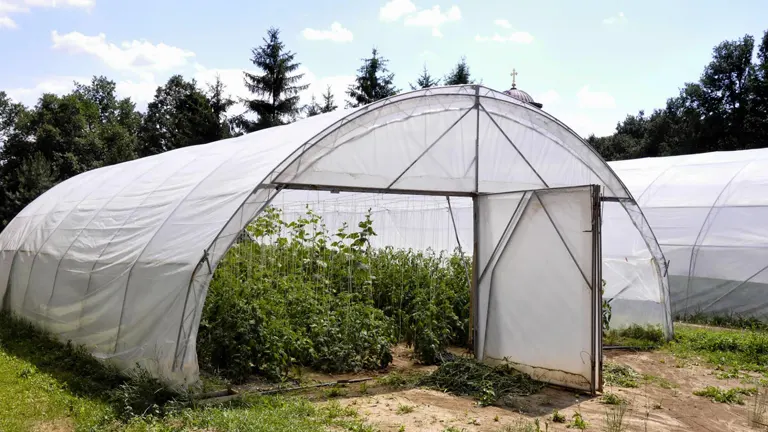
For those without the space or desire for a traditional greenhouse, hoop houses and frost cloths offer viable alternatives. These methods can still significantly extend the growing season and increase yields without the need for a permanent structure.
For Cold Climates
- Choose for plants that can withstand lower temperatures, such as spinach, kale, and broad beans.
- Use bubble wrap or install double-glazing to retain heat.
- Water barrels or stone can absorb heat during the day and release it at night, moderating the greenhouse temperature.
For Warm Climates
- Grow crops that thrive in warmth, such as tomatoes, cucumbers, and peppers.
- Install additional vents or fans to prevent overheating.
- Use shade cloth to protect plants from intense midday sun.
Conclusion
A greenhouse can transform your gardening experience, allowing for an extended growing season, enhanced plant protection, and increased productivity. By implementing the tips discussed, gardeners can optimize their greenhouse environment for a successful and rewarding vegetable harvest. Whether you aim for self-sufficiency or simply enjoy the pleasures of gardening, a greenhouse is a valuable addition to any gardening endeavor.
Related Articles:
- How to Use a Greenhouse: Essential Tips for Maximizing Growth Space
- What Can I Grow in a Greenhouse? Versatile Plants for All Seasons
- Greenhouses: Everything You Need to Know
- How Does a Greenhouse Work? The Science Behind Plant Growth Optimization
- How to Keep Your Greenhouse Warm in Winter
FAQs
- Can I use a greenhouse to grow vegetables year-round?
Yes, with proper planning and management, a greenhouse can allow you to grow vegetables throughout the year. The key is selecting the right crops for each season and maintaining the ideal environment inside your greenhouse. - How do I choose the best location for my greenhouse?
The best location for your greenhouse is a spot that receives ample sunlight, is protected from strong winds, and is conveniently located near water sources and electrical supply if needed. Proximity to your house can also make it easier to manage. - What are the most suitable vegetables to grow in a greenhouse?
While many vegetables can thrive in a greenhouse, some of the most suitable include tomatoes, peppers, leafy greens (like lettuce and spinach), and herbs. The choice depends on your climate and the season. - How do I manage pests and diseases in my greenhouse?
Prevent pests and diseases by keeping the greenhouse clean, using disease-resistant plant varieties, and practicing crop rotation. Introduce beneficial insects or use organic pesticides if necessary, and ensure good air circulation to prevent fungal diseases. - What is the significance of using rainwater for greenhouse plants?
Rainwater is often softer than tap water, containing fewer chemicals and salts. This can lead to healthier plant growth and reduce the risk of soil and plant issues associated with hard water. - How can I ensure effective pollination in my greenhouse?
To ensure effective pollination, you can attract natural pollinators by planting flowers around your greenhouse, manually pollinate plants, or use a small fan to mimic wind for the movement of pollen. - What are some energy-efficient ways to regulate temperature in my greenhouse?
Utilize passive solar heating, shade cloths, and natural ventilation through strategically placed vents and windows. For colder climates, consider using thermal mass, like water barrels, to absorb heat during the day and release it at night. - How often should I amend the soil in my greenhouse?
Amend the soil at least once a year with compost, manure, and other organic matter. Regular soil testing can help identify specific nutrient deficiencies to address with targeted amendments. - Can I automate watering and temperature control in my greenhouse?
Yes, many gardeners use automated systems for watering, heating, and cooling to maintain optimal growing conditions with less manual labor. These systems can be tailored to the specific needs of your greenhouse crops. - What are some creative solutions for small or urban spaces without room for a traditional greenhouse?
Consider mini-greenhouses, cold frames, or grow tents that can fit on balconies or small yards. Vertical gardening and container gardening are also effective ways to maximize limited space for greenhouse gardening.
We hope you found our guide on growing vegetables in a greenhouse helpful and inspiring! Whether you’re a seasoned gardener or just starting out, we’d love to hear from you. Share your thoughts, experiences, or any questions in the comments below. Your insights could be the seed for someone else’s green thumb success! And if you enjoyed this article, please consider sharing it with fellow gardening enthusiasts. Happy gardening, and let’s continue to grow our community together!

David Murray
Forestry AuthorI'm David Murry, a forestry equipment specialist with a focus on chainsaw operation. With over 13 years of experience, I've honed my skills in operating and maintaining a wide range of machinery, from chainsaws to log splitters. My passion for the outdoors and commitment to sustainable forestry drive my work, which emphasizes safety, efficiency, and staying updated with industry advancements. Additionally, I'm dedicated to sharing my expertise and promoting environmental awareness within the forestry community.







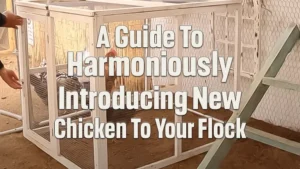
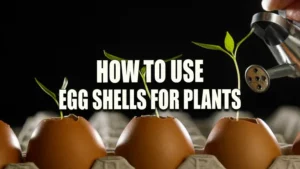

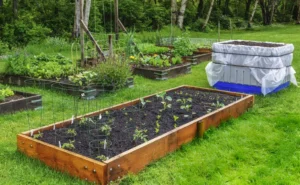


Leave your comment